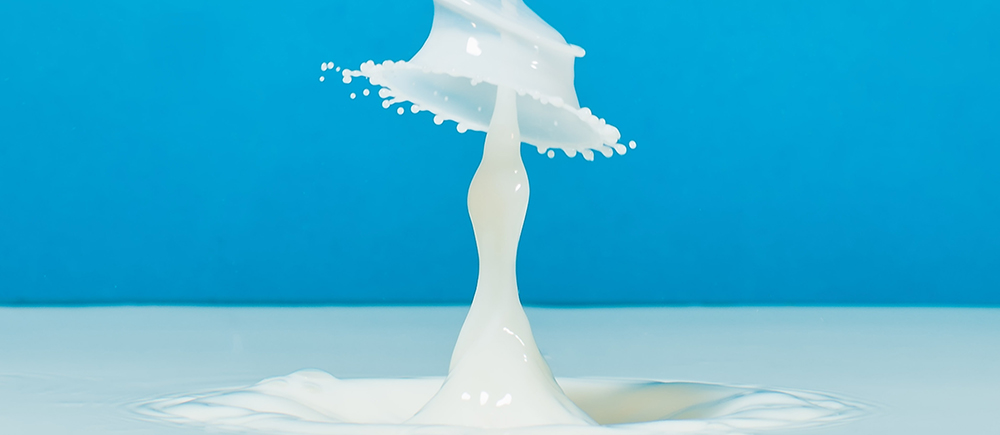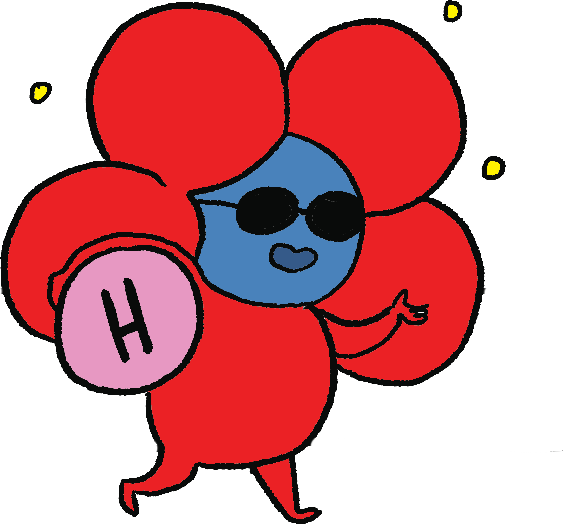

Make Your Own Plastic From Milk!
Plastic is one of the most useful materials ever created! Our homes, schools, and businesses are filled with plastic products.
Plastic is so useful because it can be molded into many shapes. Plastics can be rubbery or rigid, and they can be shaped into an endless variety of objects.
Did you know that you can make plastic from milk? In the past, milk was commonly used to make useful and durable plastic products, including buttons and fountain pens!
What you need:
- Milk – about 1 cup (0.25 liter)
- White vinegar – about 4 tablespoons (.10 liter)
- Measuring cup and measuring spoons
- Paper towels
- Stove with a small pot or a Microwave with a ceramic mug (Have an adult help you with this!)
- Ceramic mug (2)
- A spoon
- A small cookie cutter (any shape you wish) and colored markers
Instructions: Have an adult help you with this!
- Heat 1 cup of milk in a small pot on the stovetop or in a ceramic mug in the microwave (about 3 minutes). You want to milk to be steaming hot (but not boiling)—about as hot as you would use to make cocoa.
- Once the milk is hot, pour 4 teaspoons of white vinegar into a ceramic mug. Carefully pour the hot milk into the mug.
- Watch what happens. The milk will form large white clumps. These are called curds.
- Once the milk has cooled, use a spoon to scoop out the curds and place them on some paper towels. Use the paper towels to soak up any excess liquid. Once the curds form a semisolid clump, you can squeeze them in the towels to help dry them.
- Knead the dry curds together to form a ball of dough. This soft material is called casein plastic. Casein is the name of a protein found in milk. The casein plastic can be squeezed and molded into a variety of shapes. You can make your plastic mold into jewelry, a toy, or an ornament!
- Press the casein plastic into a cookie cutter to mold it into a shape. Or, you can mold pieces of the casein plastic into beads. Allow this to dry overnight or longer. Once it has dried, you’ll have a hard plastic mold that you can color using markers.
How it works: Plastics consist of long chains of molecules called polymers. Polymers are made of smaller molecules called monomers connected together to form a chain. Each of the smaller molecules forms a "link" or a repeating unit in the polymer's chain.
In some plastics, the polymer molecules are rigid and lined up like logs flowing down a river. In others, they are flexible and tangled like spaghetti on a plate. The chemical properties give plastics their most notable characteristic, the ability to be shaped. In fact, the word plastics comes from the Greek word plastikos, which means able to be shaped.
When you added vinegar to the milk, the vinegar chemically caused the molecules of casein protein to unfold and reorganize into long chains—polymers. As long as it was wet, this casein plastic could be molded into any shape. Once it dried, the polymers became rigid and the plastic hardened.